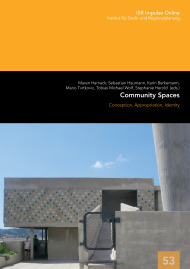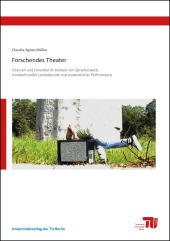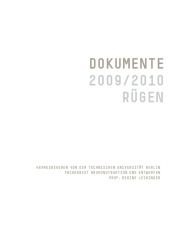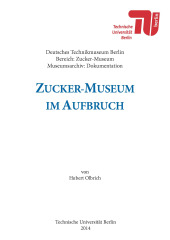Community spaces
conception, appropriation, identity
Editor: Karin Berkemann, Sebastian Haumann, Stephanie Herold, Mario Tvrtkovic, Tobias Michael Wolf, Maren Harnack

Publishing year: 2015
Large housing estates of the post-war era have shaped the face of many cities throughout Europe. In the original plans of the 1950s-1980s they were to amend the urban structure and in many cases they were expected to enable a superior form of communality and urbanity. The estates were built to ease the housing shortage, but were also thought to quite literally become the home for a “new society”, be it under socialist regimes or the democratic welfare state. The reformation of society was expected to be supported by the environment of the newly built estates and, most crucially, their community spaces. The different manifestations of these community spaces were the subject of the second conference of the 45plus network, which took place in Darmstadt in September 2012 and which is documented in this volume. By focusing on community spaces, such as community centers, schools, churches, hospitals, shopping districts but also parks, open spaces and sport-grounds, the contributions to the conference addressed spaces that were thought to be particularly important points of identification for the “new societies” these estates were expected to foster. Community spaces were planned in order to hold the housing estates together – as well designed and attractive built environments, as social hubs and especially as symbolic anchors. Quite often, they boasted prominent design features, intended to serve as recognisable markers of the estates and their programmatic subtexts. While planners and politicians conceptualized community spaces with their potential to shape identification in view, communities tended to appropriate such spaces in different ways and to reinterpret their meanings. In short, local inhabitants – as well as the broader public – possibly identified with community spaces, their individual features and with the ideas and practices they associated with them in significantly different ways than originally intended. Today, the continuing tension between intention and appropriation of community spaces can be understood as an indicator of identification processes and appears to be one of the major challenges in the redevelopment of large housing estates, but might also provide unexpected opportunities.



